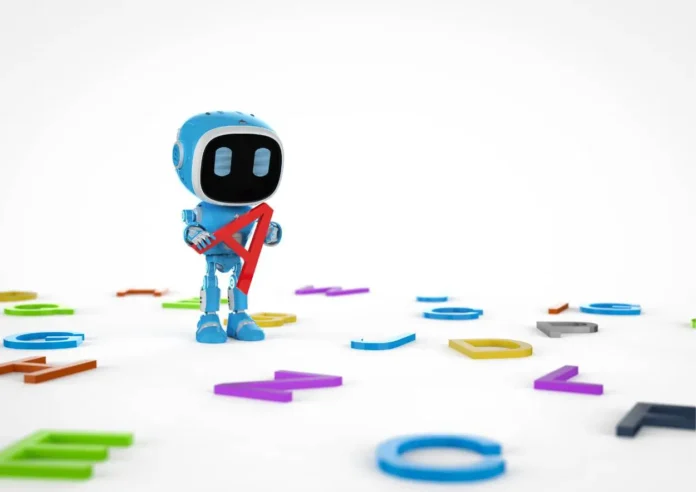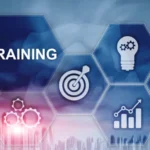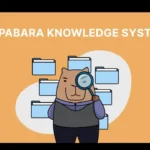Integrating AI into education is promising, but educators must tread carefully to avoid common pitfalls. This article highlights the biggest mistakes educators can make with AI and offers practical tips to navigate these challenges. Discover why approaching AI cautiously is essential and learn strategies to ensure successful implementation. HighlightsWho is Aaron S. Langenauer?The Big IdeaThe...
RELATED ARTICLES
© NewInAsia.com 2025








